10 Tips for a Smooth Electronic Visa Application Process
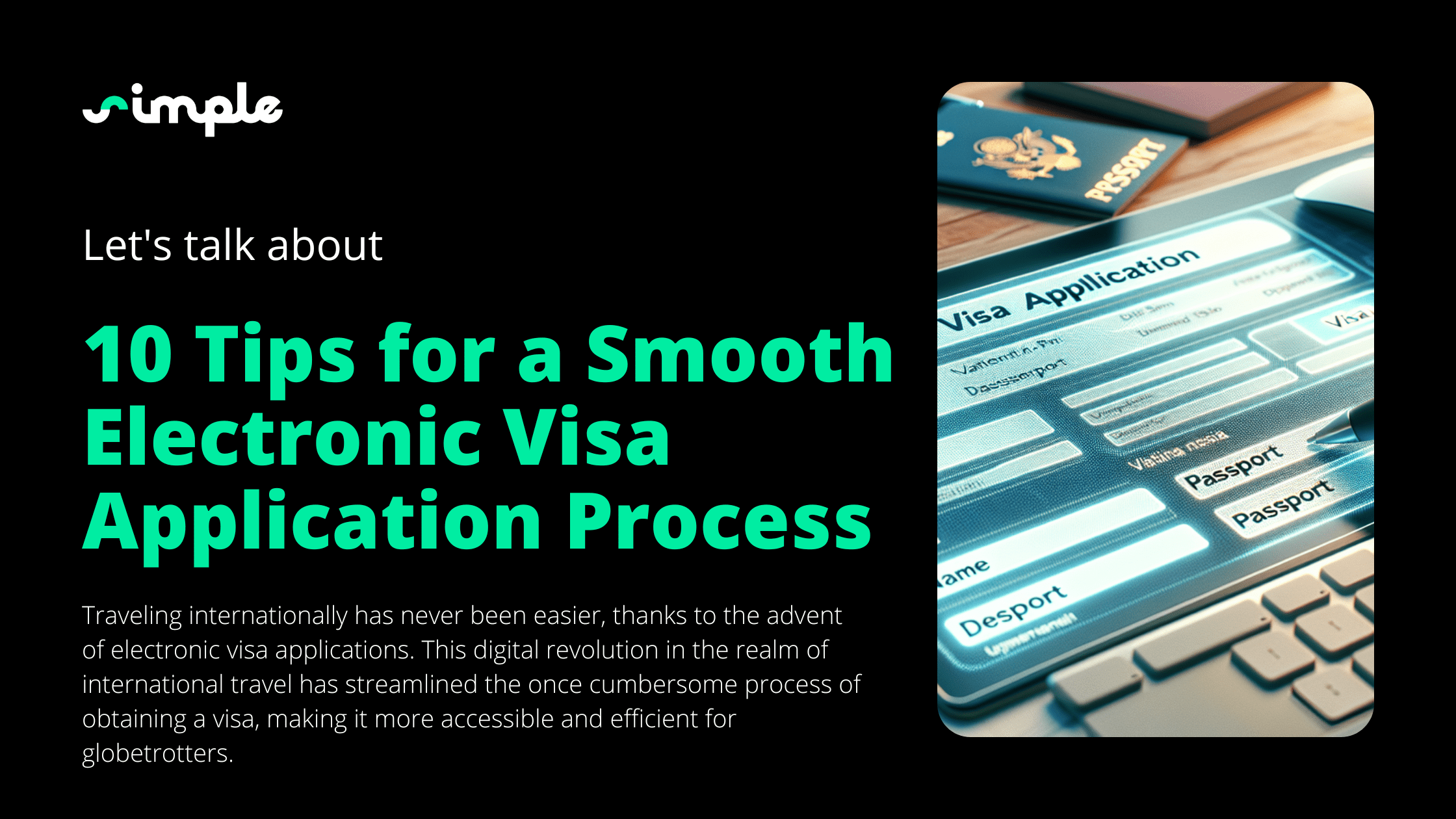
Traveling internationally has never been easier, thanks to the advent of electronic visa applications. This digital revolution in the realm of international travel has streamlined the once cumbersome process of obtaining a visa, making it more accessible and efficient for globetrotters. The electronic visa application process, also known as e-visa processing, has become a significant aspect of modern travel, eliminating the need for physical paperwork and in-person appointments.
However, as with any digital process, the electronic visa application comes with its own set of challenges and nuances. It’s not just about filling out an online form; it’s about understanding the requirements, preparing the necessary documents, and following the correct procedures to ensure a successful application. This is particularly relevant in today’s hyper-connected world, where digital literacy is not just a skill, but a necessity.
Whether you’re a seasoned traveler or planning your first international trip, knowing how to navigate the electronic visa application process can save you time, effort, and potential frustration. This guide will provide you with ten practical tips to help you through the process, ensuring a smooth and hassle-free experience. So, let’s embark on this journey to demystify the electronic visa application process and make your next international adventure a breeze.
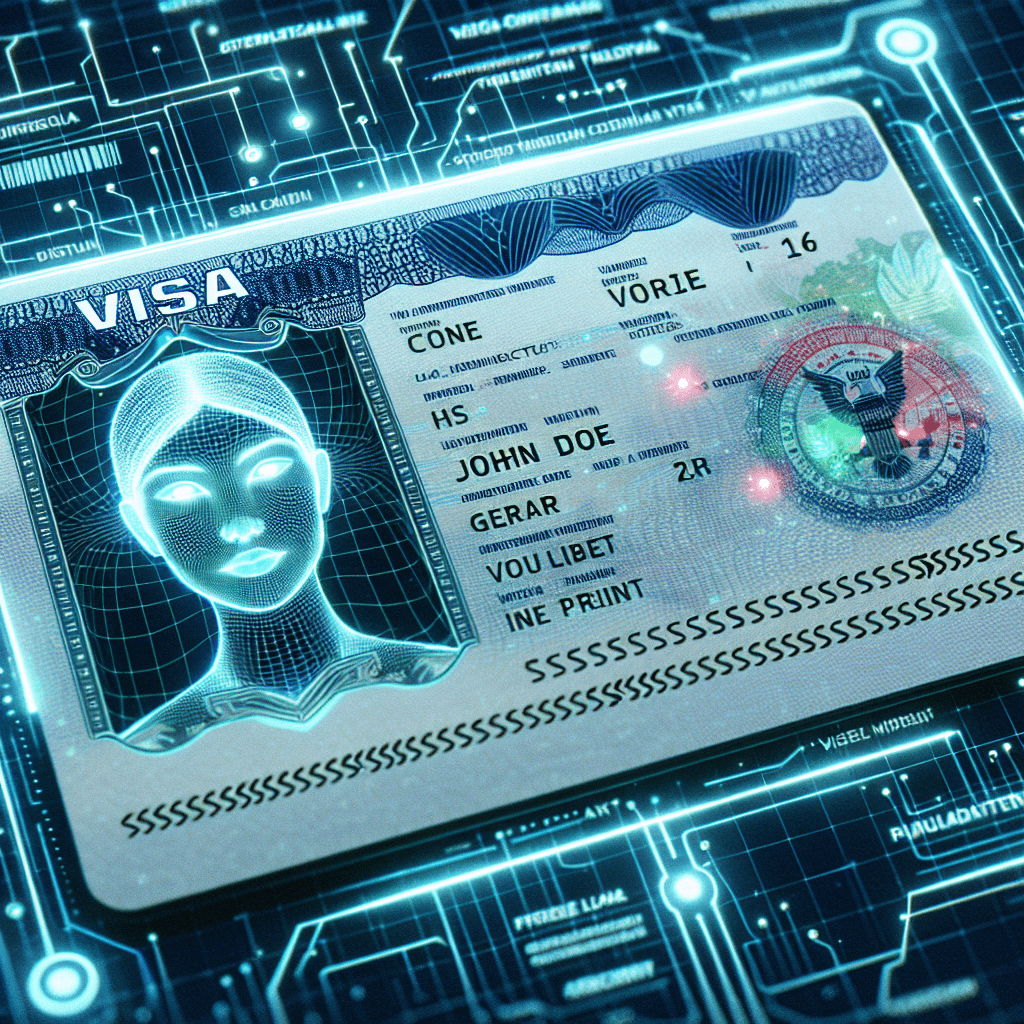
Appreciating the Basics
Before diving into the specifics of the electronic visa application process, it’s crucial to appreciate the basics. This includes understanding the prerequisites of an electronic visa, identifying the right e-visa type, and unpacking the costs involved.
Understanding the Prerequisites of an Electronic Visa
Applying for an electronic visa, or e-visa, requires careful preparation. The first step is gathering the necessary documentation. This typically includes a valid passport, a recent photograph, and sometimes, proof of accommodation or return travel. Each country has its own specific requirements, so it’s essential to research these beforehand.
Another critical aspect of the electronic visa process is timing. Most countries require that you apply for your e-visa at least a few days before your intended travel date. However, it’s always safer to apply well in advance to account for any potential delays in the online visa approval process. Remember, the key to a smooth electronic visa processing experience is preparation and punctuality.
Identifying the Right E-Visa Type
Not all e-visas are created equal. There are significant differences between the various types of electronic travel permits, each with its own set of conditions. For instance, a tourist e-visa may have different requirements and restrictions compared to a business e-visa. Some countries even offer transit e-visas for travelers passing through the country en route to their final destination.
It’s crucial to identify the right e-visa type for your travel needs. This involves understanding the conditions attached to each type, such as the duration of stay, the number of entries allowed, and any restrictions on activities during your stay. By choosing the correct e-visa type, you can avoid potential complications during your trip.
Unpacking the Costs Involved
Applying for an e-visa also involves certain costs. These typically include the visa fee, which varies depending on the country and type of visa. Some countries may also charge a service fee for the processing of the electronic immigration document.
However, it’s important to be aware of potential hidden costs. For instance, if your e-visa application is rejected and you need to reapply, you may have to pay the visa fee again. Additionally, some countries may require proof of sufficient funds for your stay, which could impact your travel budget. Therefore, it’s crucial to factor in all potential costs when planning your trip.
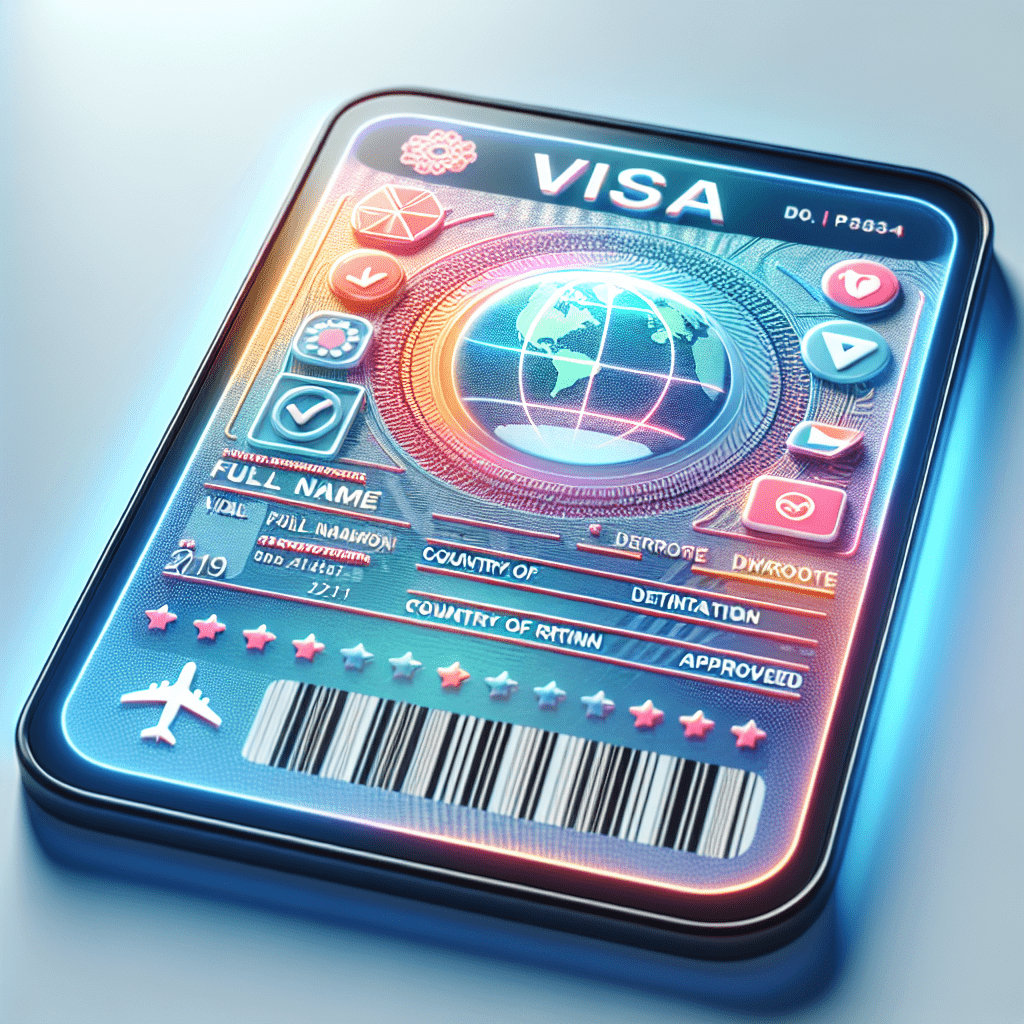
Moving into the Application Process
Once you’ve understood the basics, it’s time to move into the actual application process. This involves preparing for the application, successfully submitting it, and maneuvering potential changes in policy.
Preparing for the Application
Preparation is key when it comes to a smooth online visa application process. This involves gathering all the necessary documents, ensuring they are in the correct format, and understanding the specific requirements of the country you are applying to. For instance, some countries may require a digital travel authorization or electronic travel permit, while others may simply require an electronic tourist visa.
It’s also important to anticipate potential challenges in the process. This could include technical issues with the electronic visa system, delays in the processing time, or additional documentation requests. By being prepared for these potential challenges, you can ensure a smoother application process and increase your chances of a successful e-visa submission.
Successfully Submitting the Application
Once you’ve prepared all the necessary documents, it’s time to submit your application. This involves navigating the online system, filling out the application form accurately, and uploading the necessary files. It’s crucial to double-check all the information you provide, as any errors could lead to delays or even a rejection of your application.
After you’ve submitted your application, you should receive an acknowledgment, usually via email. This will provide you with a reference number that you can use to check your online visa status. It’s important to keep this number safe, as you’ll need it to track your application and receive your digital visa approval.
Maneuvering Potential Changes in Policy
Visa laws and regulations can change frequently, and it’s important to stay updated on these changes. This could involve changes in the visa fees, documentation requirements, or processing times. By keeping track of these changes, you can adapt your application accordingly and avoid any potential issues.
Adapting to changes also involves making the best of new rules. For instance, if a country introduces a new type of electronic entry permit, it could provide additional benefits or flexibility for travelers. By staying informed and adaptable, you can make the most of the evolving electronic visa landscape.
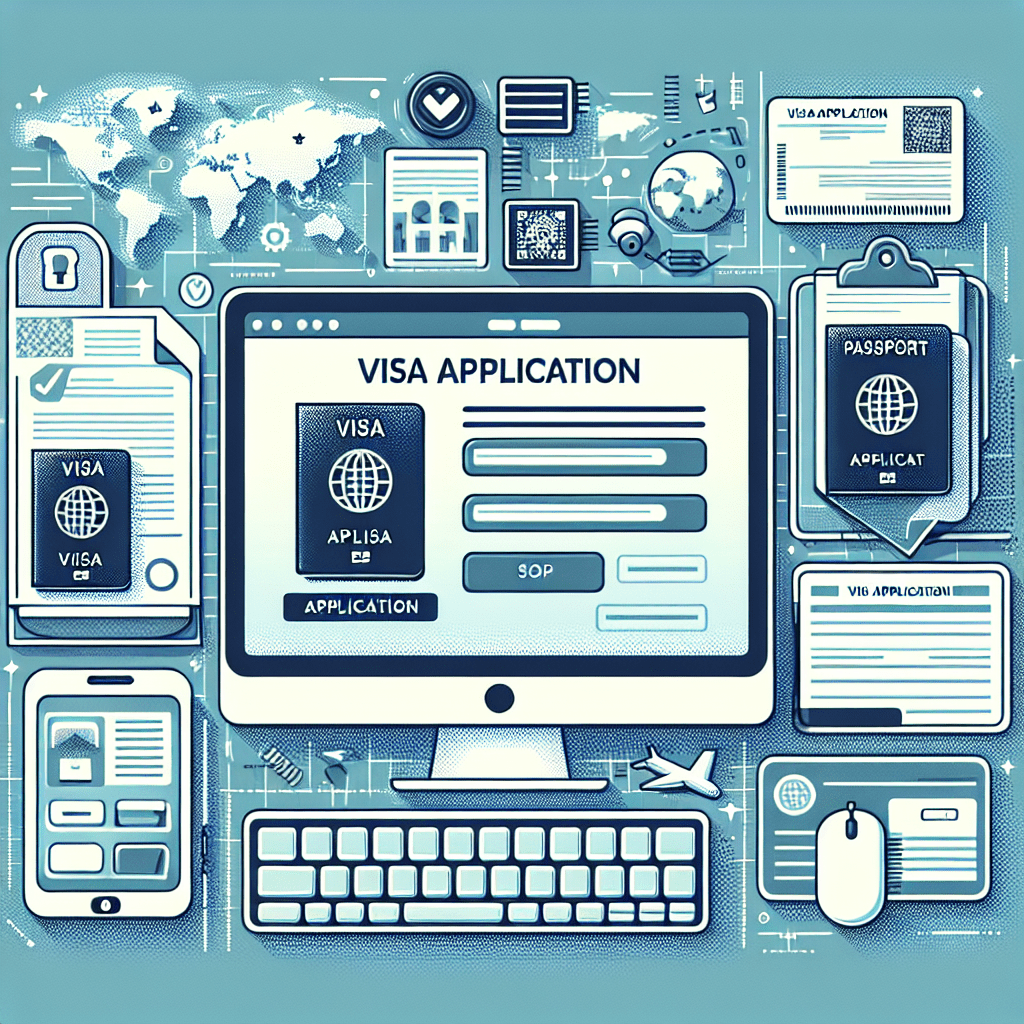
Post-submission Actions and Possible Outcomes
After submitting your electronic visa application, there are several post-submission actions and possible outcomes to consider. This includes evaluating the waiting period, dealing with possible setbacks, and preparing for visa approval.
Evaluating the Waiting Period
Once you’ve submitted your e-visa application, there’s typically a waiting period while your application is processed. The length of this period can vary depending on the country and the type of visa, but it’s usually a few days to a few weeks. During this time, it’s important to regularly check your online visa status to stay updated on the progress of your application.
If the waiting period exceeds the expected processing time, it may be necessary to follow up on your application. This could involve contacting the digital visa service or the embassy directly. Remember, it’s important to be patient and respectful during this process, as the visa officers are likely dealing with a high volume of applications.
Dealing with Possible Setbacks
While we all hope for a smooth e-visa processing experience, it’s possible to encounter setbacks. One of the most common setbacks is a visa denial. This could be due to a variety of reasons, such as incomplete documentation, insufficient funds, or a past immigration violation.
If your e-visa is denied, it’s important not to panic. Review the reasons for the denial and take steps to address them. This could involve providing additional documentation, clarifying any misunderstandings, or even reapplying for the visa. Remember, a visa denial is not the end of the road; it’s just a bump along the way.
Preparing for Visa Approval
Once your e-visa is approved, there are a few practical steps to take. First, you’ll need to print out a copy of the electronic immigration document. Even though it’s an electronic visa, some countries still require a physical copy upon arrival. It’s also a good idea to keep a digital copy on your phone or tablet, just in case.
Next, review the conditions of your visa. This could include the validity period, the number of entries allowed, and any restrictions during your stay. By understanding these conditions, you can ensure a hassle-free travel experience. Finally, celebrate your successful internet visa approval and start packing for your trip!
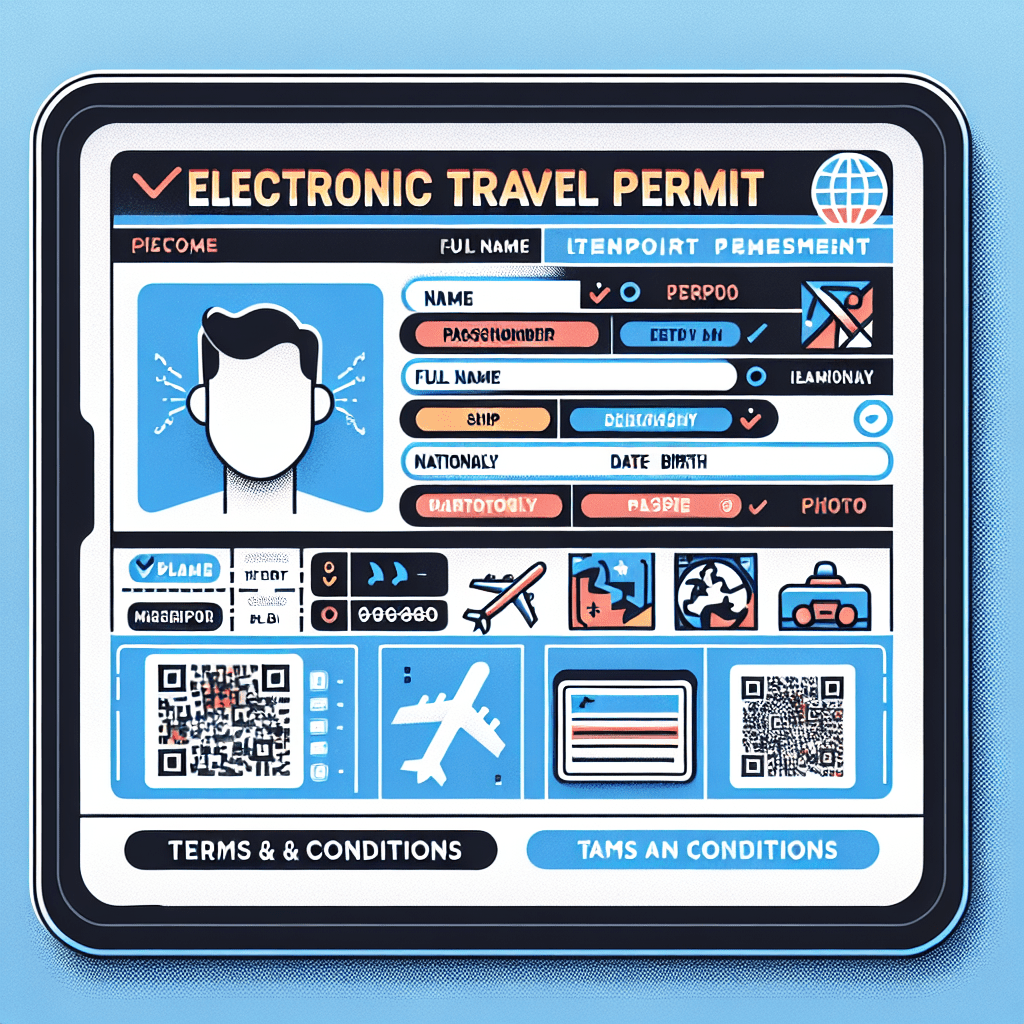
Wrapping Up the Electronic Visa Application Journey
From understanding the basics to navigating the application process and preparing for possible outcomes, each step in the e-visa process plays a crucial role in ensuring a smooth and successful application. The journey begins with appreciating the prerequisites of an e-visa, identifying the right type, and unpacking the costs involved. This foundational knowledge sets the stage for a well-prepared application, increasing the chances of a successful electronic visa submission.
Moving into the application process, preparation is key. This involves gathering the necessary documents, anticipating potential challenges, and navigating the online system with precision. Post-submission, it’s important to evaluate the waiting period, deal with possible setbacks, and prepare for visa approval. Each of these steps requires diligence, patience, and adaptability.
Applying for an electronic visa may seem daunting, but with the right approach, it can be a straightforward and hassle-free process. The key is to approach the process with diligence and readiness. By understanding the requirements, preparing thoroughly, and staying adaptable, you can navigate the e-visa process with confidence and ease.
So, whether you’re planning a quick getaway or a long-term adventure, don’t let the e-visa process deter you. With these tips in hand, you’re well-equipped to tackle the electronic visa application process and embark on your next international journey. Happy travels!